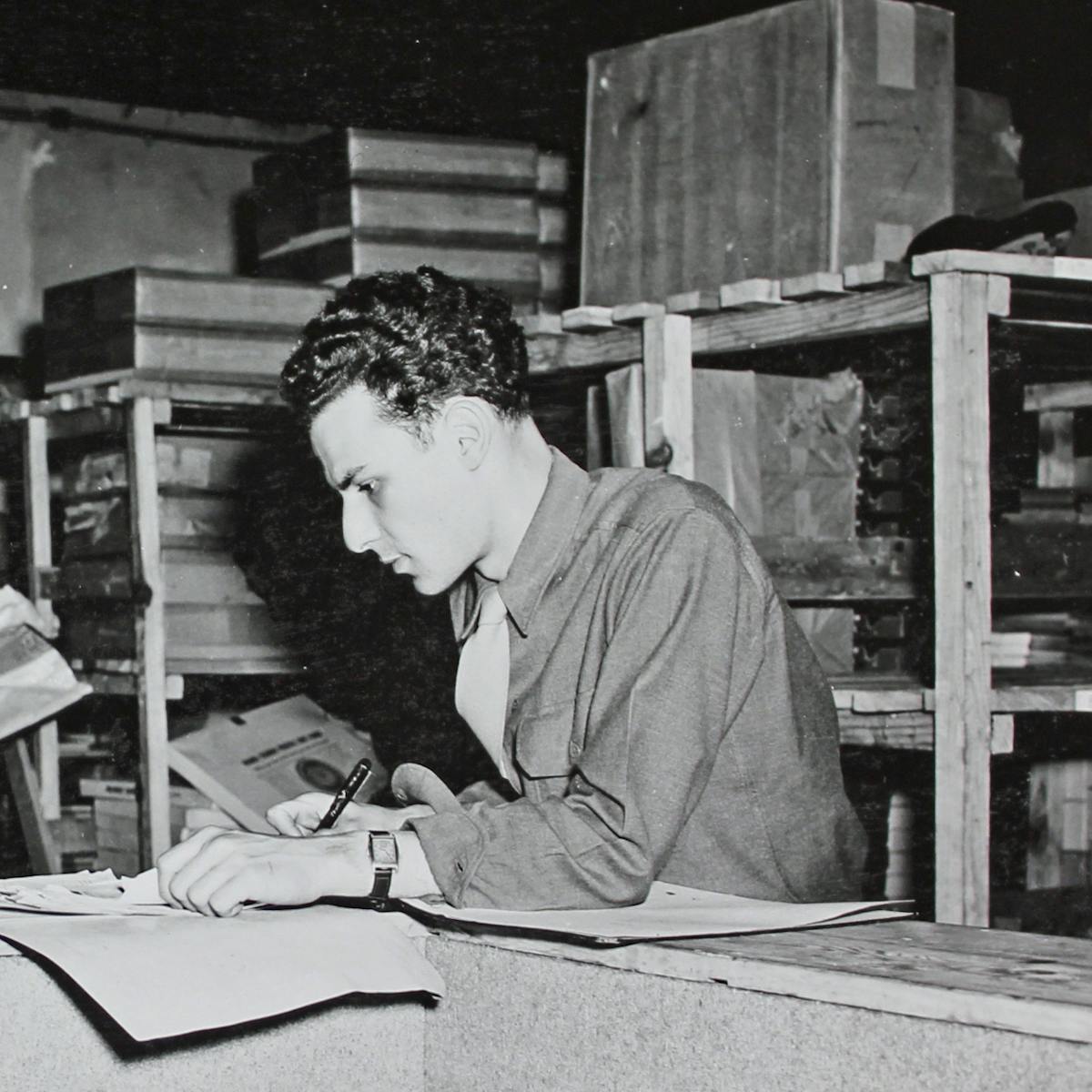Q Sites Ww2
“We were told we’d be hung at the gallows. They really laid it on thick, that we were not to talk,” says Judy Parsons, former Navy lieutenant and school teacher.
World War II Timeline Allied Powers and Leaders Axis Powers and Leaders Causes of WW2 War in Europe War in the Pacific After the War Battles: Battle of Britain Battle of the Atlantic Pearl Harbor Battle of Stalingrad D-Day (Invasion of Normandy) Battle of the Bulge Battle of Berlin Battle of Midway Battle of Guadalcanal Battle of Iwo Jima. ORIGINAL WW2 US PURPLE HEART MEDAL IN CASE (ITEM 44) Badges, Medals & Insignia Medals & Ribbons AUTHENTIC This Purple Heart is a high quality die-struck medal with gilt wash and enamel work in purple.On thefront is an image of George Washington.
The 99-year-old played a critical role in helping the Allies win World War II. As a code breaker working with a secret unit in the US Navy, Parsons was instrumental in deciphering the enemy’s secret codes, but her work went unacknowledged for decades after the war.
For many years after the war, full credit for cracking Germany’s Enigma machine went to Bletchley Park, the English estate where famed cryptanalyst, mathematician, and computer scientist Alan Turing once worked.



But work was being done across the Atlantic, as well.
“There’s a bit of a misnomer, in that Bletchley Park is often discussed as the primary center where German codes and ciphers were being broken down,” Cmrd. David Kohnen, a historian at the Naval War College, told CNN. “In fact, after 1943, most of that work was being done in Washington, DC, at Nebraska Avenue by WAVES like Judy.”
Today, it is not uncommon to find women in the Navy, whether in analyst positions or the front lines of combat. But in 1942, when Parsons graduated from the Carnegie Institute of Technology, now Carnegie Mellon University, women were restricted from many roles in the military.
The Navy Women’s Reserve Act signed by President Franklin Roosevelt the same year open up opportunities for women like Parsons in the Women Accepted for Volunteer Emergency Service division, also known as he WAVES.
Learn more about the WAVES in the video below.
Parsons joined the Army after graduation, working in the Ordnance Department for a few months before she heard about openings at he Navy’s officer training school. Before long, she was sent to Washington to assist in the Navy’s intelligence operations.
“We were shuffled into the chapel and someone came in there and said ‘Does anyone know German?'” Parsons said. “And I said, ‘Well, I took two years in high school.'”
As a member of the OP-20-G code breaking division, Parsons was responsible for deciphering communications from the Nazi command to their U-boats in the Atlantic. These German submarines were torpedoing civilian ships and leaving death in their silent wake along Allied shipping channels, but not every message to the U-boats dealt with military commands.
Parsons recalls seeing messages to the sailors wishing them happy birthday, or notifying one of the crew of a newborn child. She grew to know these sailors, not that they had any clue of who she was.
“This one man was so happy because finally (he and his wife) had a little boy, and it wasn’t a week later that his submarine was sunk.” Parsons said. “I felt so bad about that because he’ll never know his father.”
Q Sites Ww2 Games
For decades after the war, Parsons and her fellow code breakers were sworn to secrecy. They were not allowed to talk about what they did during thee war, which wasn’t always easy.
“They’d say ‘What do you do?’ and I’d say, ‘Well, I have a desk job.’ And they’d say, ‘Well, that’s what we thought women would get.’ And that was hard because I couldn’t talk about it,” she said.
Today we know the truth. Thanks to Parsons and other WAVES in OP-20-G department, 95 German U-boats were taken out of operation, the Nazi advance was beaten back, and the Allies won the war.
Q Sites Ww2 Online
Learn more about Parsons’ story in the video below.
Q Sites Ww2 Scotland
The first Drem Q stations were opened in the late summer of 1941. They were much larger than the old T-type stations, with a long flarepath and a V-shaped approach funnel. The main flarepath lights were Glim lamps, ie the standard type of RAF runway lighting, mounted on poles above the crops. Obstruction and other hazard warning lights were also included, as was a motor headlamp designed to catch the eye of hostile pilots. As a concession to the operator in the Drem Q this was mounted on a platform on top of a newly designed shelter adapted for surface construction and protected by heavy banking with earth > Link.
Drem Q stations were operated by two men, one working the lamp whilst the other was keeping watch. (Source: Colin Dobinson, 'Fields of Deception: Britain's Bombing Decoys in World War II')